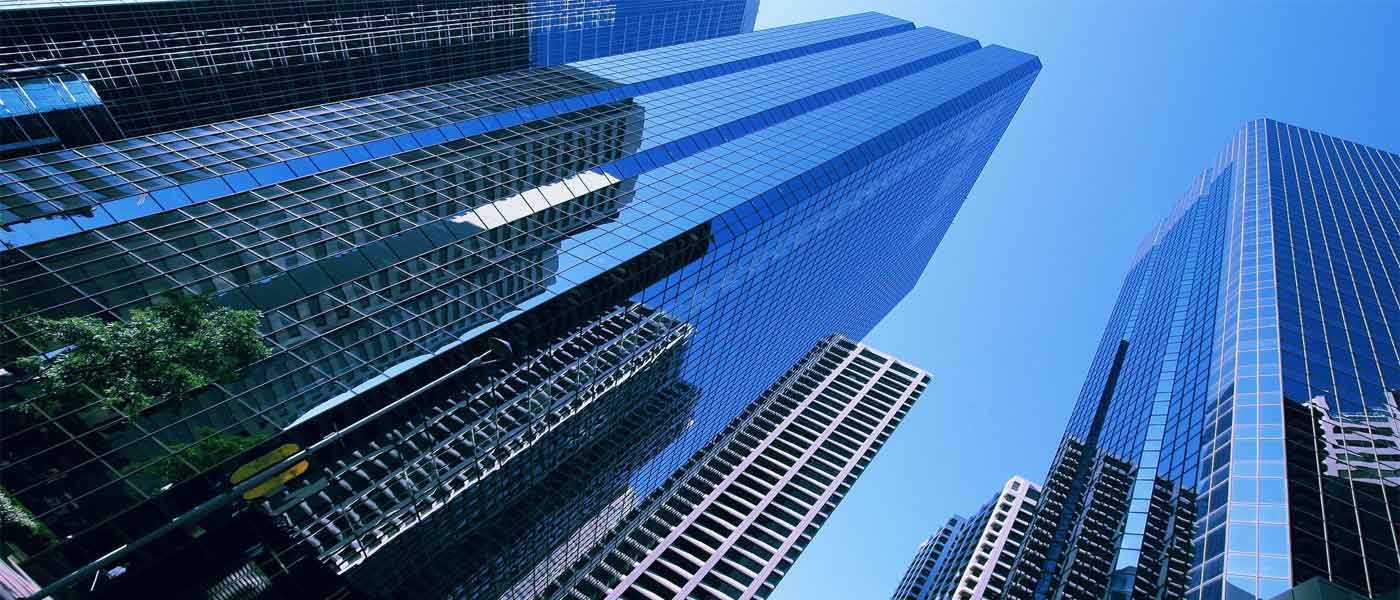
Apart from keeping harmful UV rays out, installing window tinting for your office building provides many benefits, which include the following:
- Increased Comfort – Employees working inside the building don’t have to suffer from glare reflecting off their computer screens or other shiny surfaces. This also reduces heat buildup that can accumulate in concentrated parts of the office during the day.
- Maximize Energy Savings – By keeping the heat out, you can save up to one ton of air conditioning for every 100 square feet of glass that is protected with window tinting.
- Improved Security – Obstruct the view of your office interior from prying eyes and prevent easy break-ins.
- Safety from Strong Weather – Prevent any injuries of your personnel from flying glass due to hazardous weather that can break your windows. Broken panes are safely held in place and minimize the amount of flying shards of glass from scattering inside the building.
- Anti-graffiti Measure – Instead of replacing an entire window that has suffered from vandalism, you only need to replace the window film of the affected area and you’ll be able to save a lot on replacement costs.
Rod Tintz provides quality window tinting for various types of commercial businesses. We have various brands of window films available, all of which offer maximum security and protection for their value. Our window tinting service also covers windows of varying sizes, so we can easily customize it to fit whatever type of windows are available.
If you’re looking for a reliable commercial window tinting service, then give us a call at (909) 930-5152. You can also reach us through our contact page here.
Types of Commercial Window Tint Films
There are various applications for window tinting in a commercial space. Many use window tinting in offices to reduce energy costs or improve productivity. It’s also common to see them being used to address possible safety and security breaches. Regardless of the reason, many business owners see window tinting as a sound investment for their enterprise.
Here’s a quick look at some of the more common commercial applications for window tinting.
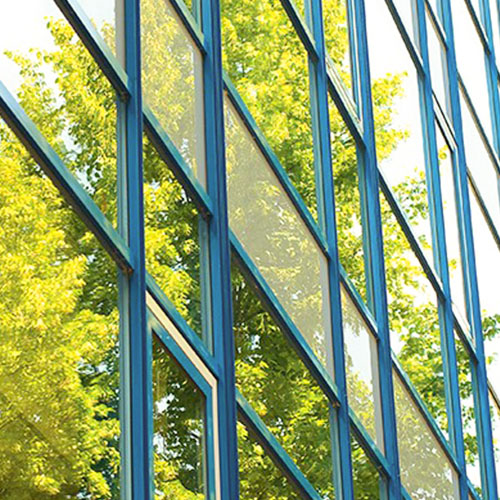
Solar Window Film
Solar window film can do wonders in reducing a business’ energy costs. It does this by reflecting up to 80% of solar energy, minimizing heat buildup inside your office or commercial space. This allows your air conditioning or HVAC system to put out less effort in keeping your interior temperature at a comfortable level. Similarly, solar window film can also retain any interior heat during the colder months and reduce your heating costs as well.
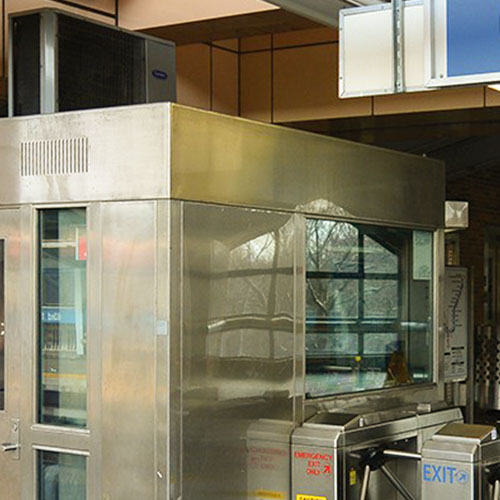
Anti-Graffiti Film
You never know when cases of vandalism can arise, especially if you own a business that has a prominent glass storefront. This makes for a very tempting target for those who want to discredit or destroy your business. However, you can minimize any damage done by installing anti-graffiti window film.
Instead of spending hundreds to thousands of dollars in replacing your window, you can simply clean off or replace the damaged section thanks to the thick coating of the scratch resistant film (which is around 4 to 6 mm thick). In cases of glass breakage, this film can effectively hold broken shards of glass together instead of leaving dangerous fragments all over the floor – making it much easier to clean up.
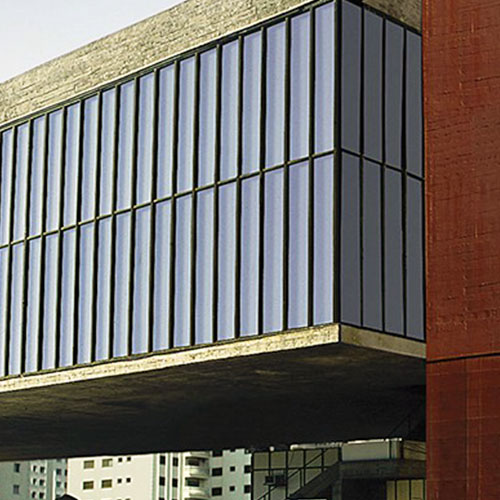
Office Security Film
Ensuring the safety and security of your employees is one of the biggest things that any business owner should prioritize. By installing office security film, any injuries caused by shattered glass due to intruders or natural disasters can be minimized.
This type of window film has a strong adhesive that forms a thick, protective shell around the glass that it encases. While this doesn’t make your windows indestructible, it does make it safer to do cleanup jobs after the incident since it minimizes the amount of glass fragments that scatter and keeps most of the glass pieces intact. Because of the way it can hold the glass together, it also provides rudimentary protection from other sources like explosions or strong winds due to storms.
There are actually a fair amount of window tint designs that you can install inside the office. After all, your workspace doesn’t have to be a bland place where you spend your entire day. Many of these tinting designs aren’t just for show either. They all come with the same features as regular clear or tinted window films which prioritize heat and UV reduction as well as security.
- Privacy Control Window Tint – This type of tint is great for letting light inside the room while limiting visibility from the outside. This design can use either highly reflective or dark tinting to give your office the privacy it needs from prying eyes.
- Frosted Glass – A stylish design that can give your windows a pleasing aesthetic without compromising your privacy. These are commonly used for bathrooms or office sections that restrict access to non-personnel staff or guests. Its translucent nature still allows light to easily enter the space.
- Glass Enhancements – Many glass films can be designed with decorative motifs to allow for a visually impressive appearance without sacrificing its protective features. Some services even allow for customizable glass enhancement designs, so you can easily have one made with your company’s logo if you want.
- Spectrally Selective Window Tint – If heat protection and fading is still your top priority, there are commercially available window films that offer superior protection from the sun’s harsh UV rays. This is especially important for business with prominent storefronts that want to protect their wares while they’re on display. Delicate products that are prone to fading can become damaged if they’re constantly left out in the sun. This type of window tint will be able to protect it from UV radiation and fading.
- Skylight Tinting – Some offices have skylights installed to maximize the amount of light during the day. However, these types of windows can make a space uncomfortably hot when the heat accumulates. With the proper tinting, employees can make use of the additional light without feeling the heat.
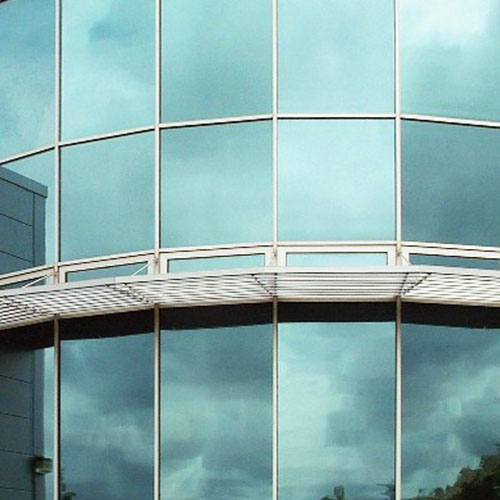
How do you clean tinted windows?
It’s important to note that you shouldn’t clean your windows as soon as they’re tinted – you need to wait a couple of day before doing so. If you need to clean them this soon, you can lightly wipe it down using a soft paper towel.
Another important thing to remember is that you shouldn’t use an ammonia-based cleaner when cleaning your tinted windows. Any vinegar or citrus based cleaner should be fine, as well as simple soap and water. There are many cleaning solutions out in the market that are specifically labeled as “ammonia-free”.
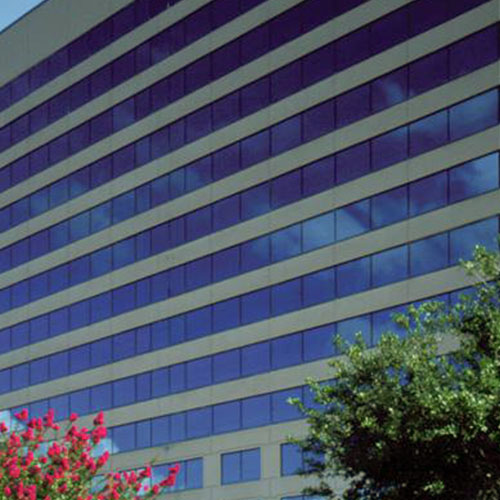
When is the best time to get my windows tinted?
It used to be that it wasn’t advisable to get your windows tinted during wet weather, but thanks to modern adhesive technology, you can easily get your windows done regardless of the weather. The curing time may be extended during cold or freezing weather though, so you should take this into consideration if you’re in a hurry. In any case, professionals can always apply heat to the edges of the tint to activate the drying stage sooner.
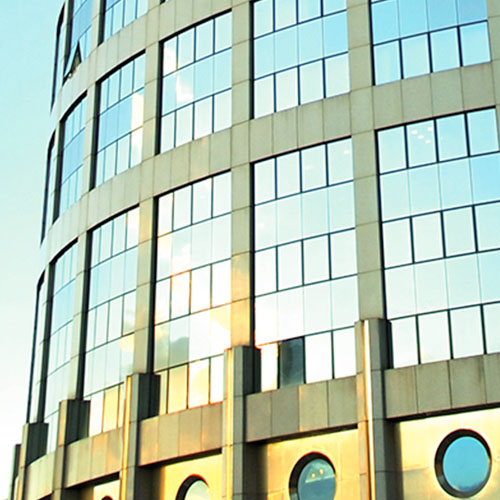
Is it normal to have hazy looking windows right after tinting them?
Yes, this is completely normal and it should go away after a few days. This typically happens within the first few days after tinting because of small water pockets that form underneath the film. You can only squeegee out so much water in between the film and the glass. Any remaining water will form these small pockets and will evaporate naturally over time.
It should normally take around two days or so for the leftover water pockets to dry. However, it is possible for the process to take longer if the new tint doesn’t get enough sunlight. If the weather is continuously cloudy or overcast, it can take as long as a month for the small spaces to disappear.
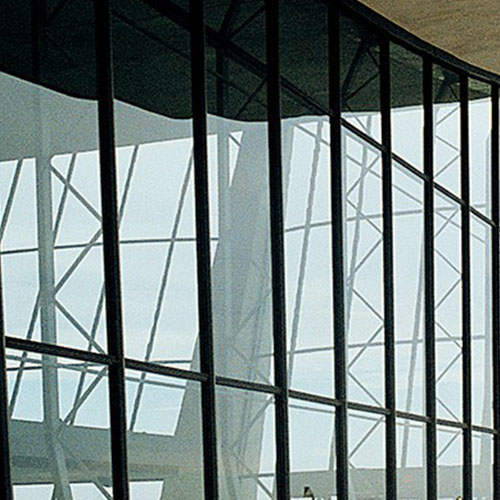
How resistant is window tint?
Most modern window tints can be quite resistant to small scratches and impacts, especially if you decided to install a more durable brand. While it can be durable against light scratches, it’s hardly indestructible. It’s still possible to tear the film when enough force is applied on it. Should the film be damaged, the cost of reapplying the coating isn’t too expensive.
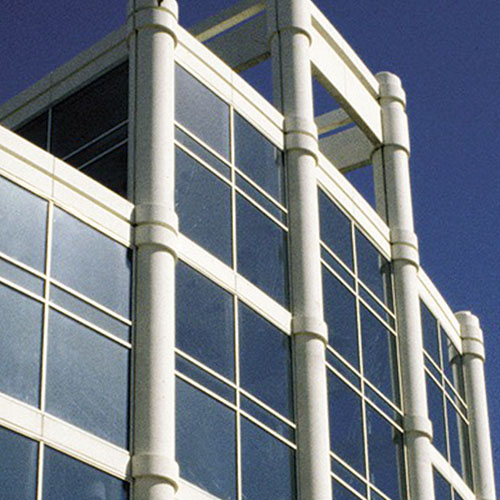
What happens when my window tint starts to bubble and turn purple?
This is another common deformation that happens to window tint film when it is overexposed to UV radiation. The excess heat buildup can cause bubbles to form in the window tint’s adhesive. If you expect to have a lot of hot days ahead, you can always purchase window tint film that has a high temperature adhesive system. This should guarantee that it will be more resistant to fading and bubbling.

